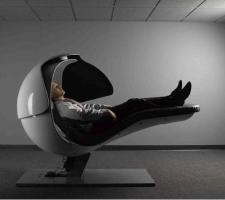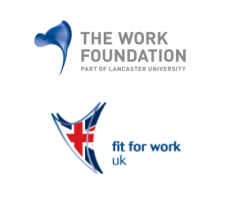October 16, 2014
Americans would still prefer a male boss to a female boss
 The news that Facebook and Apple are to offer US-based female employees the option of freezing their eggs for future use, in an effort to attract more women on to their staff, has raised quite a debate on both sides of the Atlantic on whether women are being actively discouraged to put off having children. Now a new poll suggests that far from entering a brave new world, attitudes towards women in charge haven’t moved on a great deal. There is still a disappointingly high level of negativity towards female bosses, with US Americans more likely to say they would prefer a male boss (33%) to a female boss (20%) in a new job, according to a Gallup poll. And in an age when women are told to “lean in” to get positions of power at work, even women are more likely to prefer a male boss to a female boss. Although 46 per cent say it doesn’t make a difference to them, the percentage of women who would prefer a female boss has never surpassed 30 per cent since Gallup’s annual work and education poll, was launched back in 1953. More →
The news that Facebook and Apple are to offer US-based female employees the option of freezing their eggs for future use, in an effort to attract more women on to their staff, has raised quite a debate on both sides of the Atlantic on whether women are being actively discouraged to put off having children. Now a new poll suggests that far from entering a brave new world, attitudes towards women in charge haven’t moved on a great deal. There is still a disappointingly high level of negativity towards female bosses, with US Americans more likely to say they would prefer a male boss (33%) to a female boss (20%) in a new job, according to a Gallup poll. And in an age when women are told to “lean in” to get positions of power at work, even women are more likely to prefer a male boss to a female boss. Although 46 per cent say it doesn’t make a difference to them, the percentage of women who would prefer a female boss has never surpassed 30 per cent since Gallup’s annual work and education poll, was launched back in 1953. More →




























October 17, 2014
The solution to complex issues like green building is to become more sophisticated
by Paul Goodchild • Comment, Environment, Facilities management, Workplace design
More →